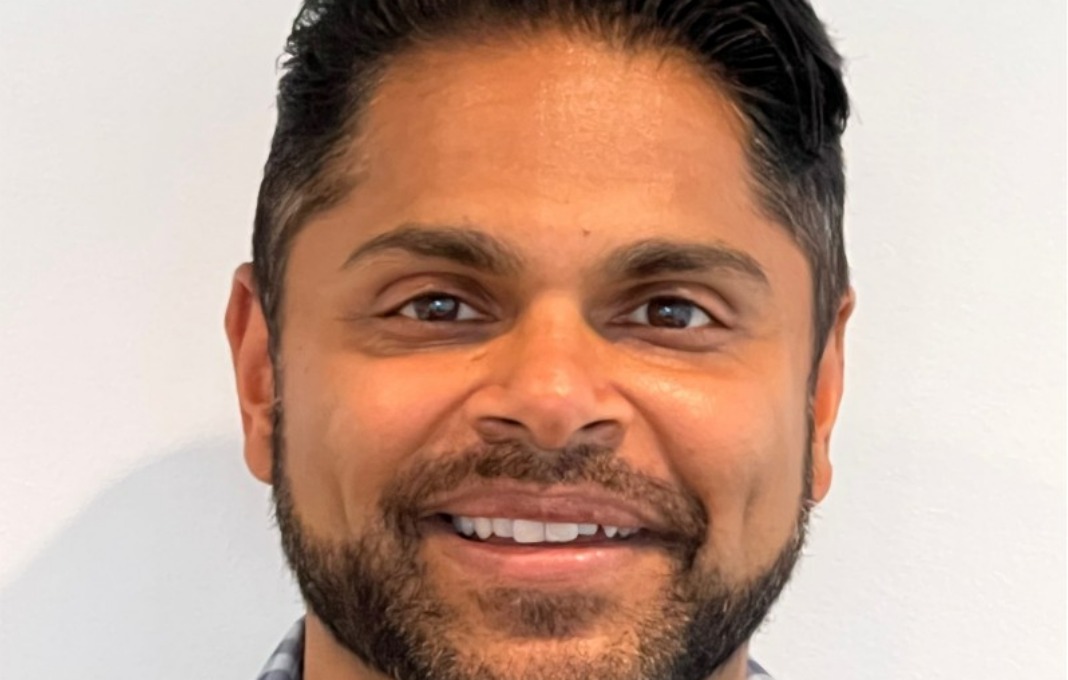Coming up with strategy is a critical part of Shalin Kothari’s work as vice president of people and DEI strategy at Schneider Electric, a France-based manufacturer of electrical distribution and control products with a U.S. headquarters in Andover, Massachusetts.
But just as important, says Chicago-based Kothari, is making sure you are taking action on that strategy. Kothari spoke with StrategicCHRO360 about how Schneider is doing that, addressing inequities between frontline and back-office or white-collar employees, and his biggest talent retention challenges today.
What’s the biggest misconception people might have about your job?
Many people emphasize the “strategy” portion of my title. However, it’s not only about coming up with the strategy—it’s about the execution of that strategy. My job is to develop tactics and concrete plans on attracting, retaining and engaging diverse talents that will not only drive business results, but adhere to the values of our culture in an inclusive manner.
The pandemic, for example, was an opportunity to put our strategies to the test. During this time, we swiftly created several New Ways of Working programs. During the advent of Covid-19, we created a voluntary part-time program to allow employees to work reduced hours. This helped the company’s bottom line by averting layoffs and providing those employees that needed more flexibility with the chance to do so.
Additionally, in response to the flexibility employees were demanding coupled with burnout many employees were facing, we introduced a hybrid work policy, an ergonomic home office package, a purchase PTO policy, a sabbatical program and care services.
What HR trends are you most optimistic about? Least optimistic about?
I’m optimistic that the world is moving toward a skills-based economy where we will increasingly create more work for people in the long run, without putting them into a box of specific, defined jobs.
Companies will look to hire talent based on the current skills they possess, such as freelancers or gig workers. In many cases, it will be based on the company’s temporary needs to address immediate problems or tasks they have within the organization. This creates a win/win situation—for companies, to be more agile and productive, and, for talent, to pick and choose the assignments they want to work on based on their skillset and interest.
A dilemma we are struggling with is providing flexibility for all employees in an equitable manner. Since the pandemic started, many companies increased the degree of flexibility to their white collar or back-office employees in choosing their work-from-locations. This has created inequities with front-line workers whose careers are contingent on working from a specific, in-person location, such as retail workers, firefighters, doctors, etc. However, I believe that addressing this inequity is not inconceivable—it will take time to learn what ways we can offer other ways of flexibility in those front-line fields.
What are the biggest employee retention challenges in 2023?
Like many companies, there are a variety of external factors impacting our retention efforts. Whether it’s supply chain challenges, increased inflation or return-to-office policies, HR professionals must find ways to navigate these for their employees.
For Schneider Electric, our biggest retention concerns continue to be between two groups: our hourly workforce, especially those with less than one year of service, and our early career hires, both hourly and salaried.
As workforces continue to be inevitably impacted by economic factors, we’re seeing our hourly workforce the most impacted by supply chain challenges. This group typically works in our plants and are impacted by parts shortages, or are field service representatives who work very closely with customers and are on the front line of product delays. This group is typically not as likely to take advantage of our flexible and New Ways of Working programs and incentives, which, in tandem with the other challenges, cause them to experience the most burnout.
As we continually provide solutions to retain this group, we conduct a variety of internal evaluations and an analysis to further encourage and engage our employees. This includes, among other things, reviewing our benefits and rewards to ensure we have an offer that reaches our entire employee population; focusing on front-line manager training and development to ensure the leaders can effectively coach, communicate with and effectively performance manage employees; and getting creative with our talent acquisition strategies through increased referral bonuses, engaging with trade schools or looking for talent with non-traditional backgrounds.
Our other top priority for retainment is with our early hires, whether salaried or hourly. Much of this workforce had been hired post-pandemic—when we’ve pivoted to a hybrid model and have not had the ability to network and meet people face-to-face. Therefore, they may not have truly experienced our culture in-person. This population wants “meaningful purpose” in their careers, and we are seeing a shift to wanting “project-based work” over permanent roles.
To better preserve retention with these individuals, our HR leadership team is focusing on Return to People in our hubs, encouraging leaders to bring people together in-person for meaningful reasons or to host regular “office hours”—to network with talents both in and out of their scopes.
We’re also actively working to improve onboarding, to make sure new employees feel welcomed and have a positive employee experience. Additionally, we’re encouraging employees to take advantage of our foundation, which provides grants for volunteering and donating, while simultaneously replacing traditional team building with volunteer activities.
Lastly, we are encouraging employees to sign up for projects to gain exposure and experience with the use of our Open Talent Market platform, an AI-driven internal mobility platform.
What is one new or old HR tech product or platform that’s made your life easier, and why?
I analyze a great deal of data in order to better understand our global workforce. I review information daily to evaluate the successes and challenges of the workforce and of our company. That means having solid people analytics tools that seamlessly connect to our HR data-lake are a necessity. In order to do more with less, Schneider Electric introduced an AI-based “data discovery and self-service analytics” platform, ThoughtSpot, that frees up energy to help our HR team undertake more effective strategic decision-making.
This information was used to build meaningful use cases, the first of which centered on workforce administration data, such as current headcount, new hires and recent leavers. We’ve also started to look at the data through a diversity, equity and inclusion lens to understand, for example, how many women are in leadership positions, front line roles or new joiners. These platforms have made it easier to tell more compelling “people stories,” which helps us put together specific, thoughtful use cases for change within our business.








